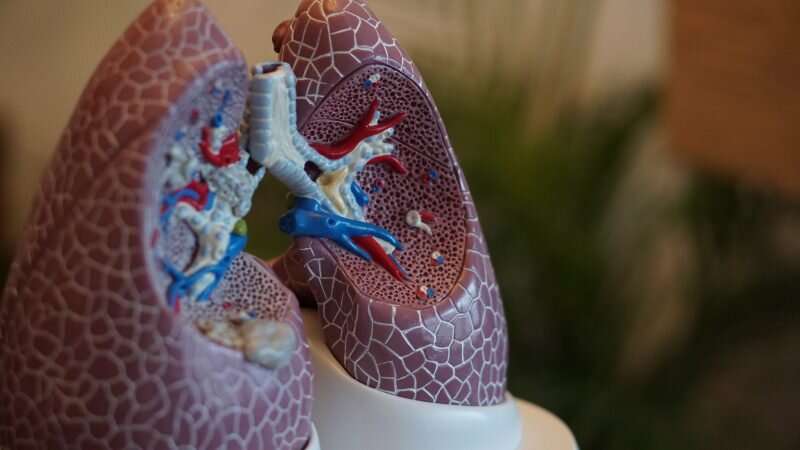
Although COVID-19 commands the headlines today, tuberculosis (TB) remains the biggest infection killer in the world and multiple drug resistant TB, which does not respond to regular antibiotics, continues to be a major threat to global health.
TB is caused by bacteria (Mycobacterium tuberculosis) that most often affect the lungs. Tuberculosis kills over 4,000 individuals daily throughout the world; while here in Ireland resistant and highly complex cases of TB continue to rise year after year, with cases numbering over 300 annually.
Now, scientists at Trinity College Dublin and St James’s Hospital, Dublin have discovered how the iron chelator, DFX, which functions by attaching to iron, drives the immune system to deal with tuberculosis (TB). The findings have been published in Frontiers in Immunology.
Iron is crucial for daily human function but is also an essential element for the survival of viruses and bacteria. For some time, scientists have known that depriving infections of iron can limit bacterial burden and help improve patient outcomes.
The research team, led by Professor Joseph Keane, has shown for the first time how DFX supports lung immunity against TB by driving the activation of a key metabolic pathway called ‘glycolysis’. The process of glycolysis helps immune cells make energy to fight infection which in turn drives several signals that improve the macrophages’ (white blood cells) ability to address TB infection.
By helping immune cells turn on glycolysis, DFX has the potential to aid in developing more lung targeted treatment of pulmonary infection, which is the ultimate goal of this research group; by boosting the patient’s immune response using the iron binding agent, DFX.
Dr. James Phelan, Department of Clinical Medicine, Trinity College and Senior Author of the study said: “Infectious disease experts globally agree on the important role metabolic processes play in eradicating a variety of infections; DFX helps infected immune cells to readily switch on metabolism which could help immune cells fight the infection.”
Source: Read Full Article
